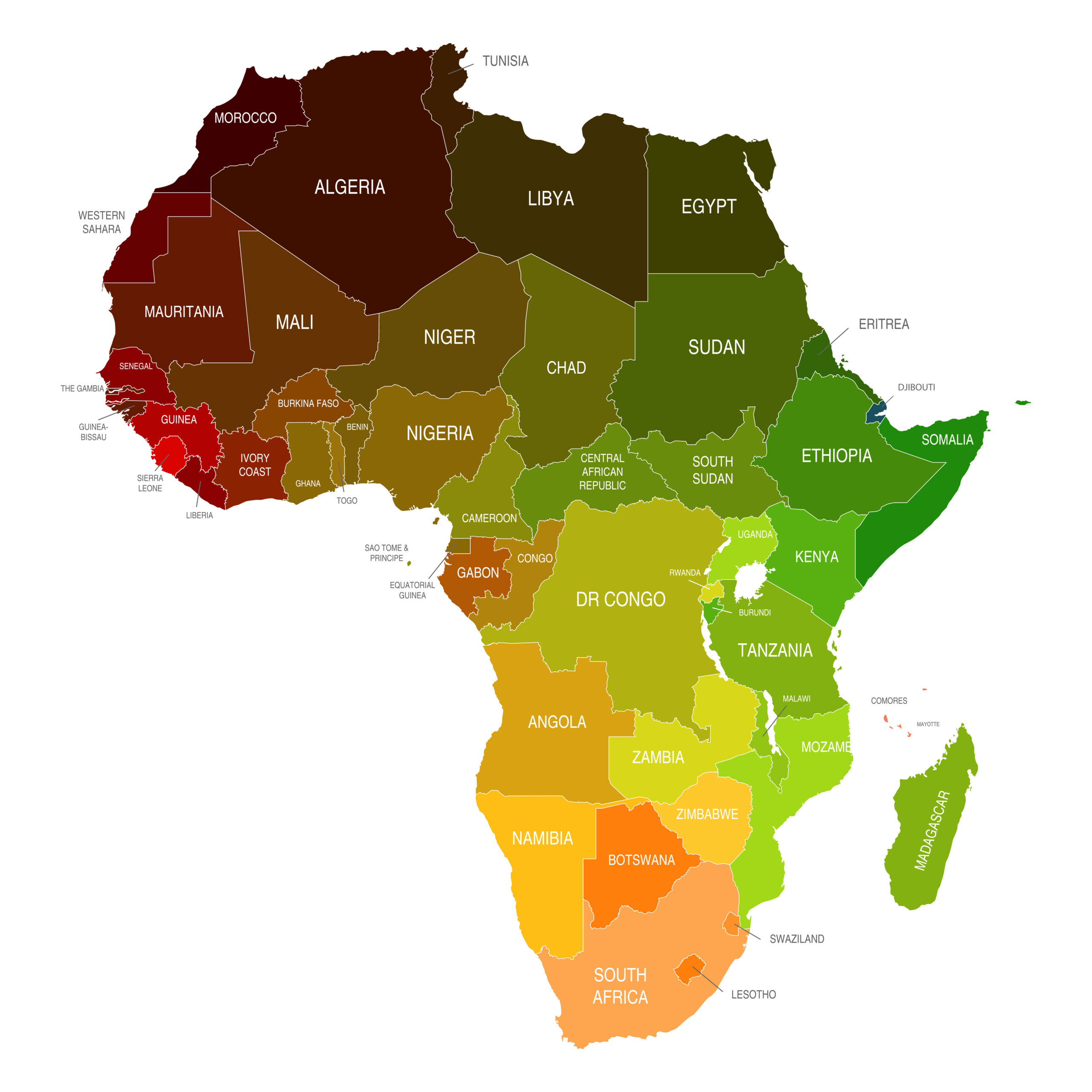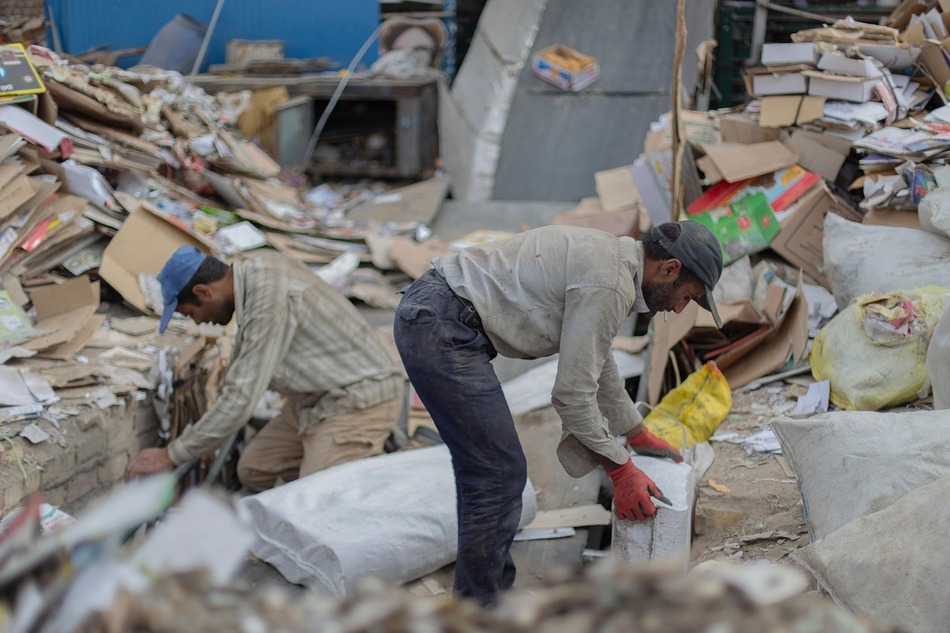East Africa Trade Bloc Banks on SMEs to Curb Chinese Leather Imports

A regional trade bloc has highlighted that the slow growth of the leather and leather products sector in East Africa is largely due to poorly equipped tanneries in countries like Kenya. This gap in local production has led to a surge in leather imports from China and other global markets.
The Common Market for Eastern and Southern Africa (COMESA) has outlined several critical challenges affecting the region’s leather industry. These include the lack of well-developed chemical industries to support leather processing, limited access to financing for businesses in the sector, and a shortage of skilled personnel needed to drive innovation and efficiency. Additionally, poor flaying techniques—methods used to remove animal hides—have resulted in low-quality raw materials, further weakening the competitiveness of local tanneries.
COMESA emphasizes that without strategic interventions—such as investments in modern tanning facilities, workforce development, and improved access to funding—the region’s leather industry will continue to struggle against competition from Chinese imports. The bloc is calling for policy reforms and stronger support for small and medium-sized enterprises (SMEs) to enhance local production capacity and reduce reliance on foreign leather products.
According to Standard Media, COMESA has unveiled a five-year strategy aimed at reclaiming the region’s leather market from Chinese imports. The plan will involve all 21 member states of the trading bloc, including Kenya, along with the broader East African Community (EAC).
The regional bloc stresses that SMEs will play a crucial role in implementing the strategy, driving local production, and enhancing the competitiveness of the leather industry.
COMESA identifies a significant opportunity in the footwear sub-sector, which is estimated to produce 450 million pairs annually.
“Assuming all these pairs of shoes are produced in the Comesa region, approximately 450,000 shop-level jobs would be created, which would trigger demand in the finished leather soles, glue, and other accessories, consequently creating more indirect jobs,” the strategy says.














